By Michael D. Hull
It could have been a futuristic nightmare straight from the science fiction tales of H.G. Wells, with terror weapons raining death and destruction on an unsuspecting London. But the date was Tuesday, June 13, 1944, a week after the Allied invasion of Normandy, and Londoners were being rudely introduced to Adolf Hitler’s newest armaments, sophisticated jet-propelled bombs known as V-1s, each capable of flattening several office buildings.
Hurtling daily across the English Channel from camouflaged ramps on the Belgian and French coasts, hundreds of the flying bombs plummeted without warning onto London and southeastern England. Office and apartment blocks collapsed, streets were cratered, and hundreds of people perished in department stores and cinemas.
Antiaircraft batteries blasted away at the fast-moving missiles, and nimble RAF Spitfire and Mosquito fighters gave pursuit and tried to nudge them off course by tipping their wings. But there was no effective defense.
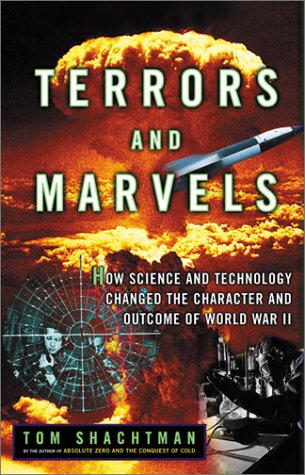 Even more lethal V-2 rockets followed, and the British government would eventually acknowledge 5,000 deaths and 15,000 injuries inflicted by the new weapons. Nazi Propaganda Minister Joseph Goebbels exulted, “London is chaotic with panic and terror. The roads are choked with fleeing refugees.”
Even more lethal V-2 rockets followed, and the British government would eventually acknowledge 5,000 deaths and 15,000 injuries inflicted by the new weapons. Nazi Propaganda Minister Joseph Goebbels exulted, “London is chaotic with panic and terror. The roads are choked with fleeing refugees.”
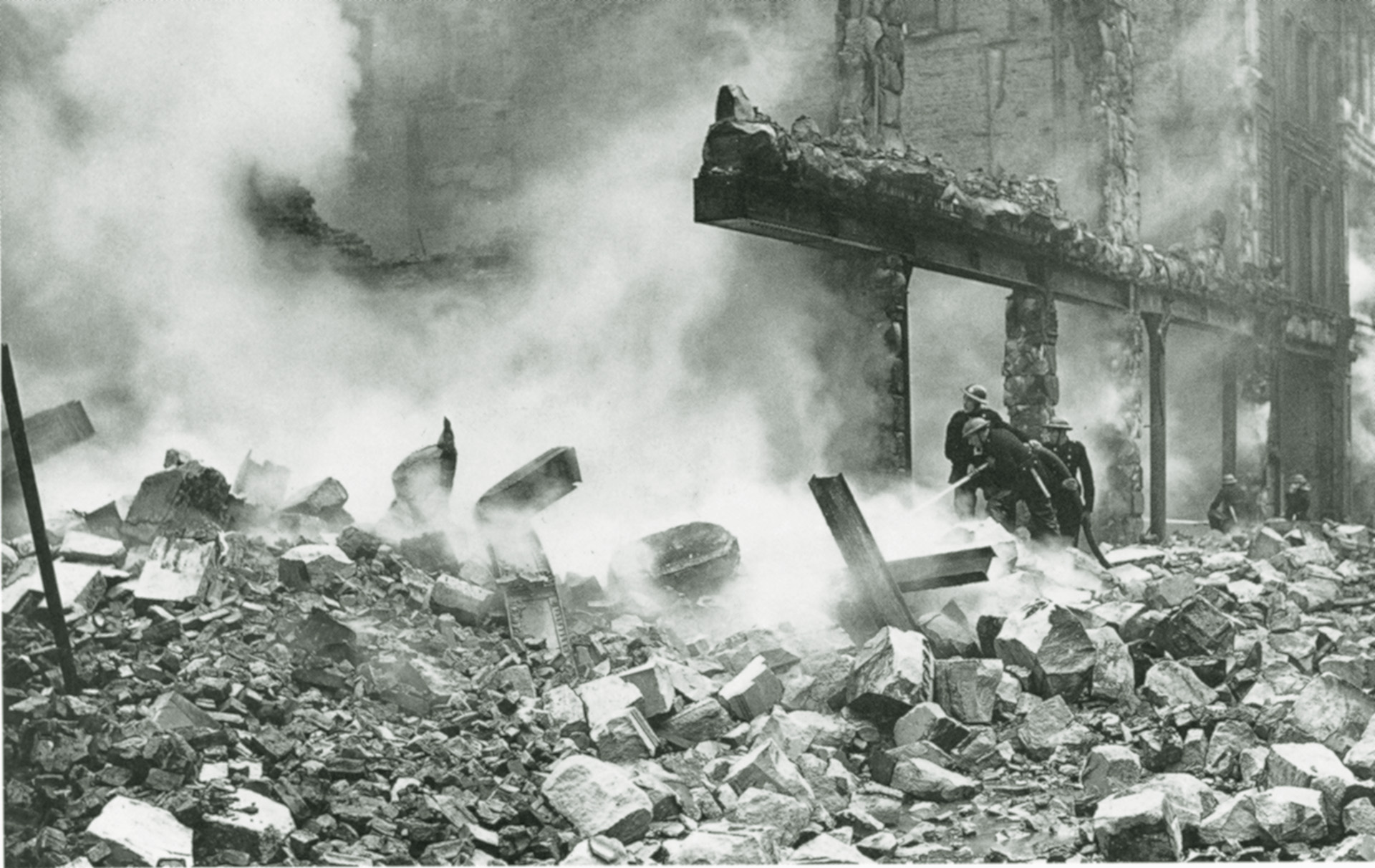
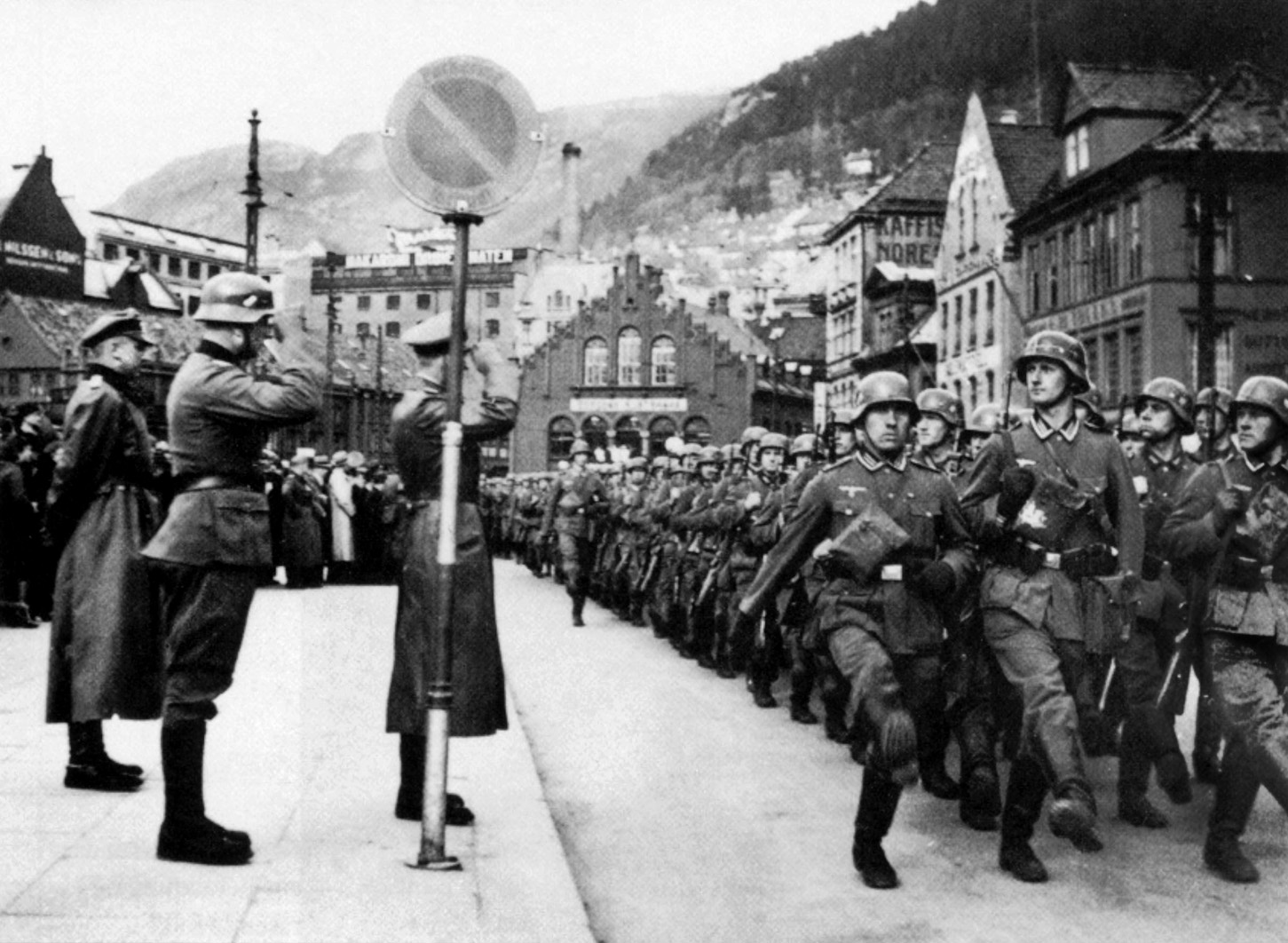
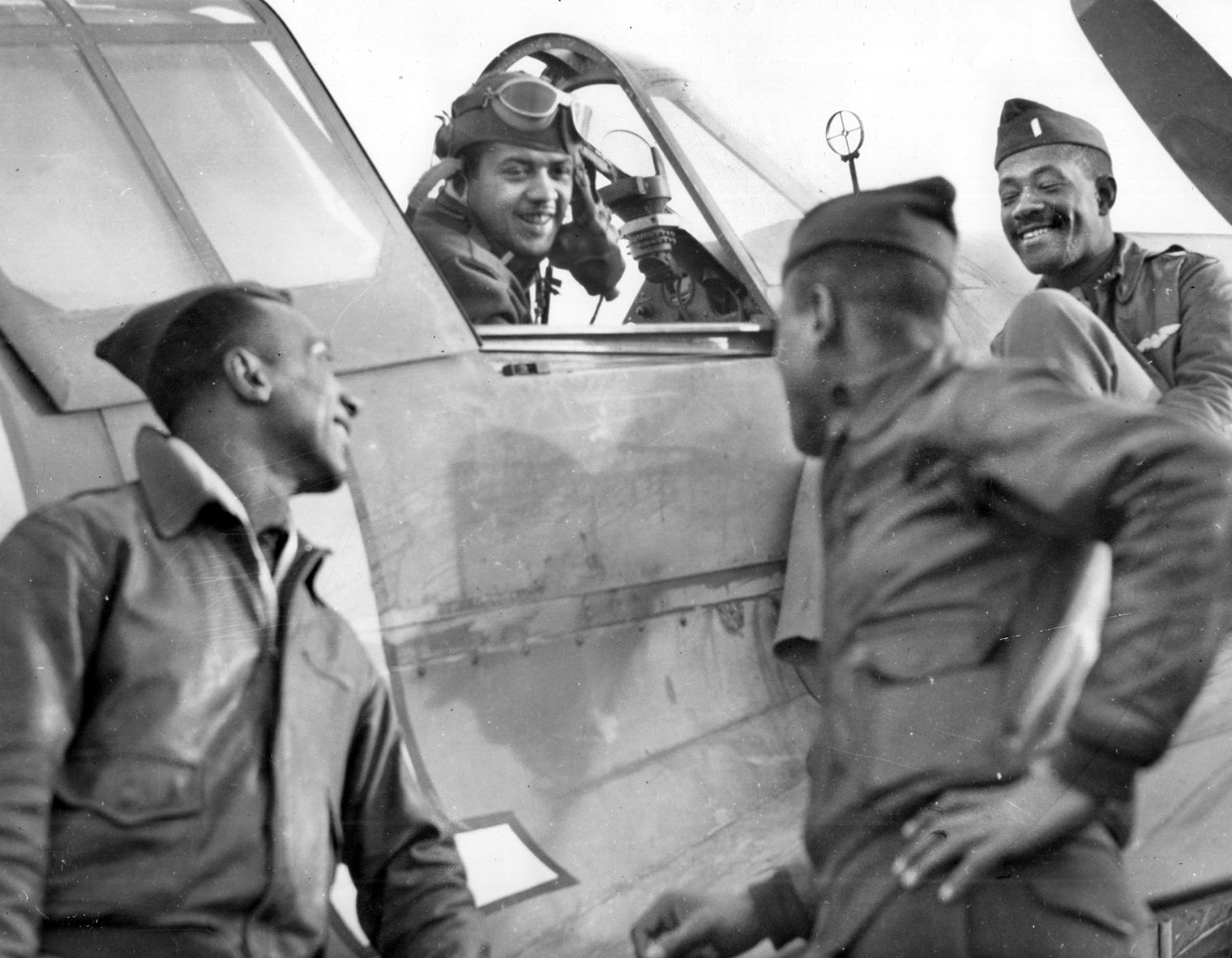
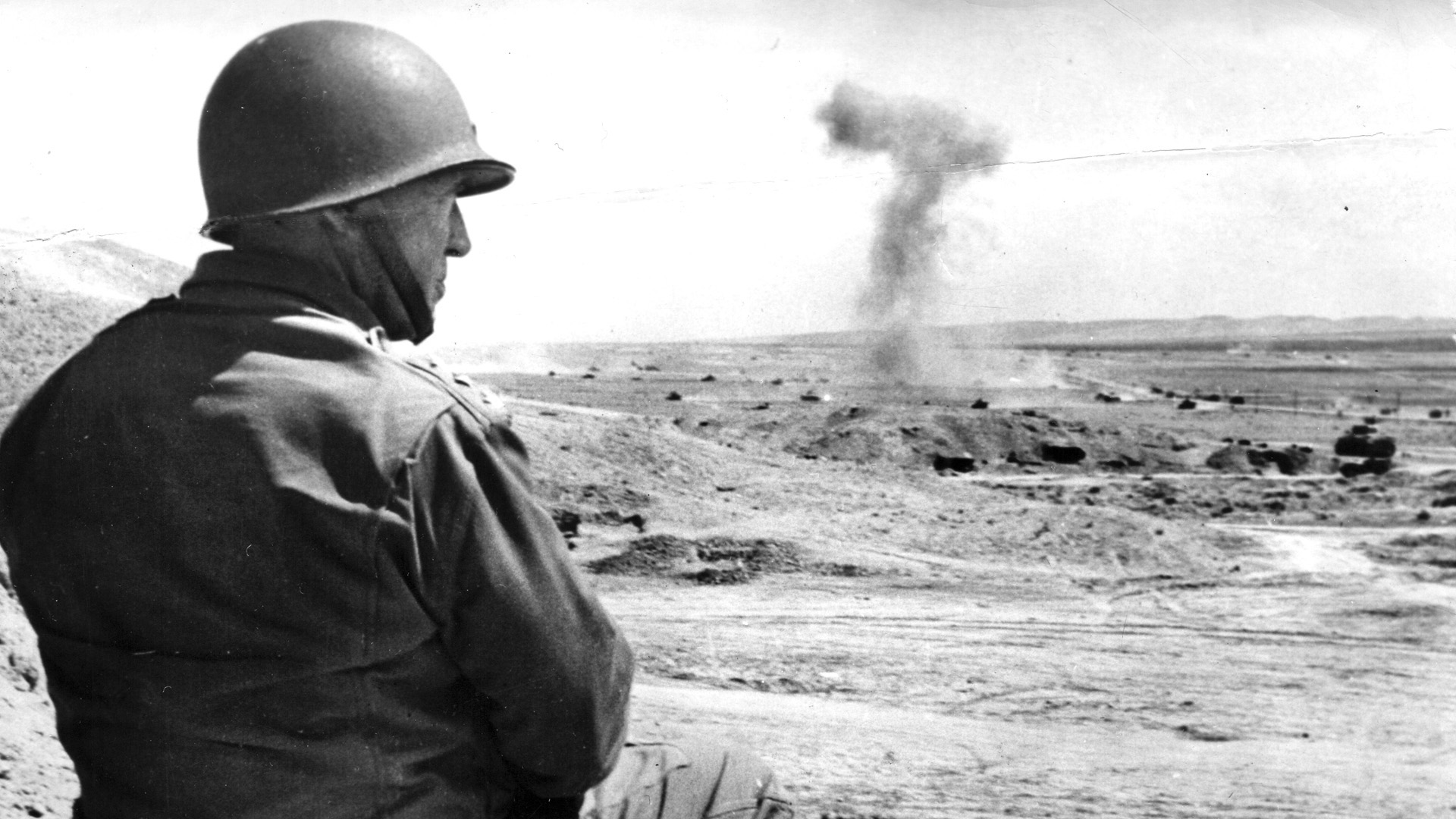
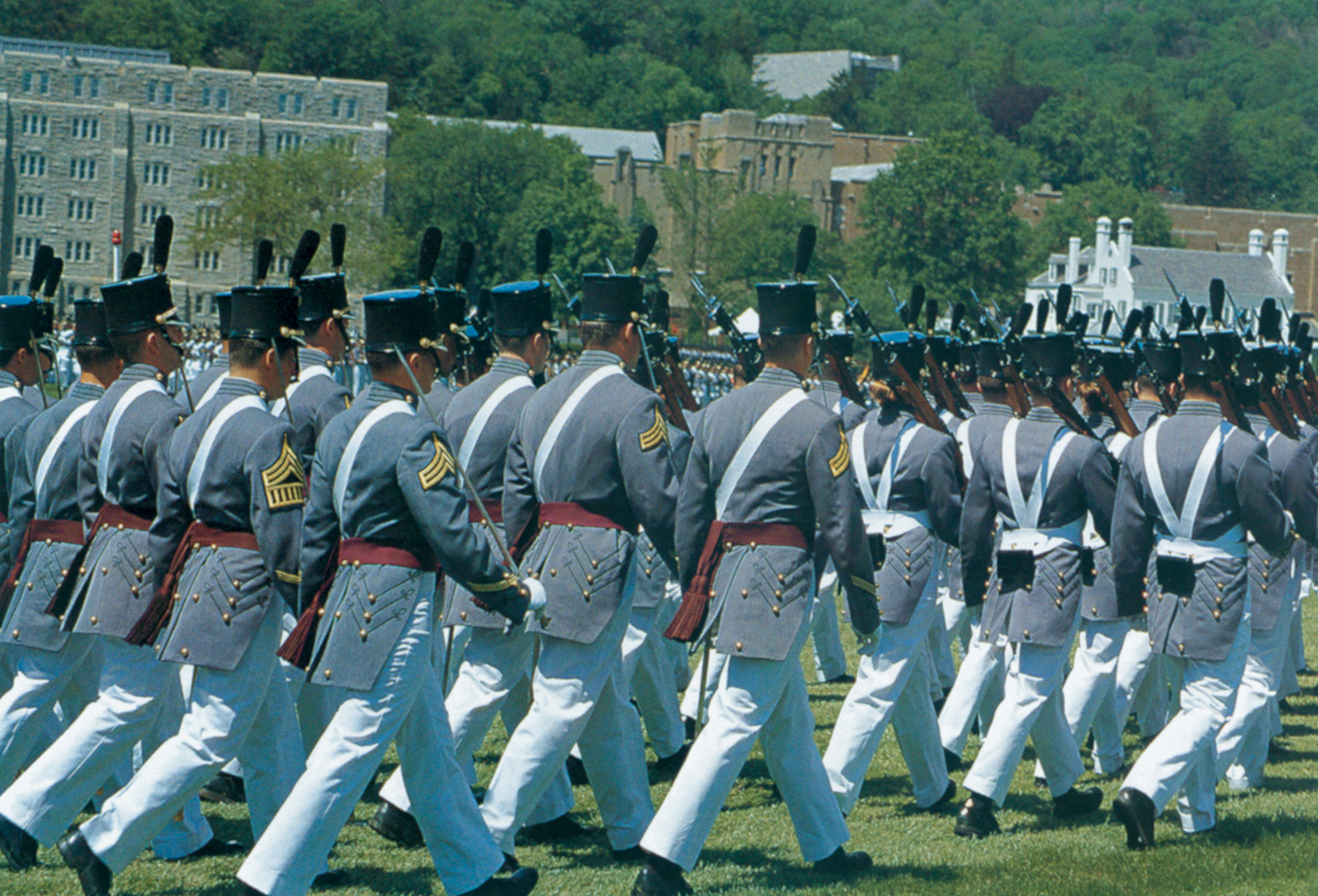
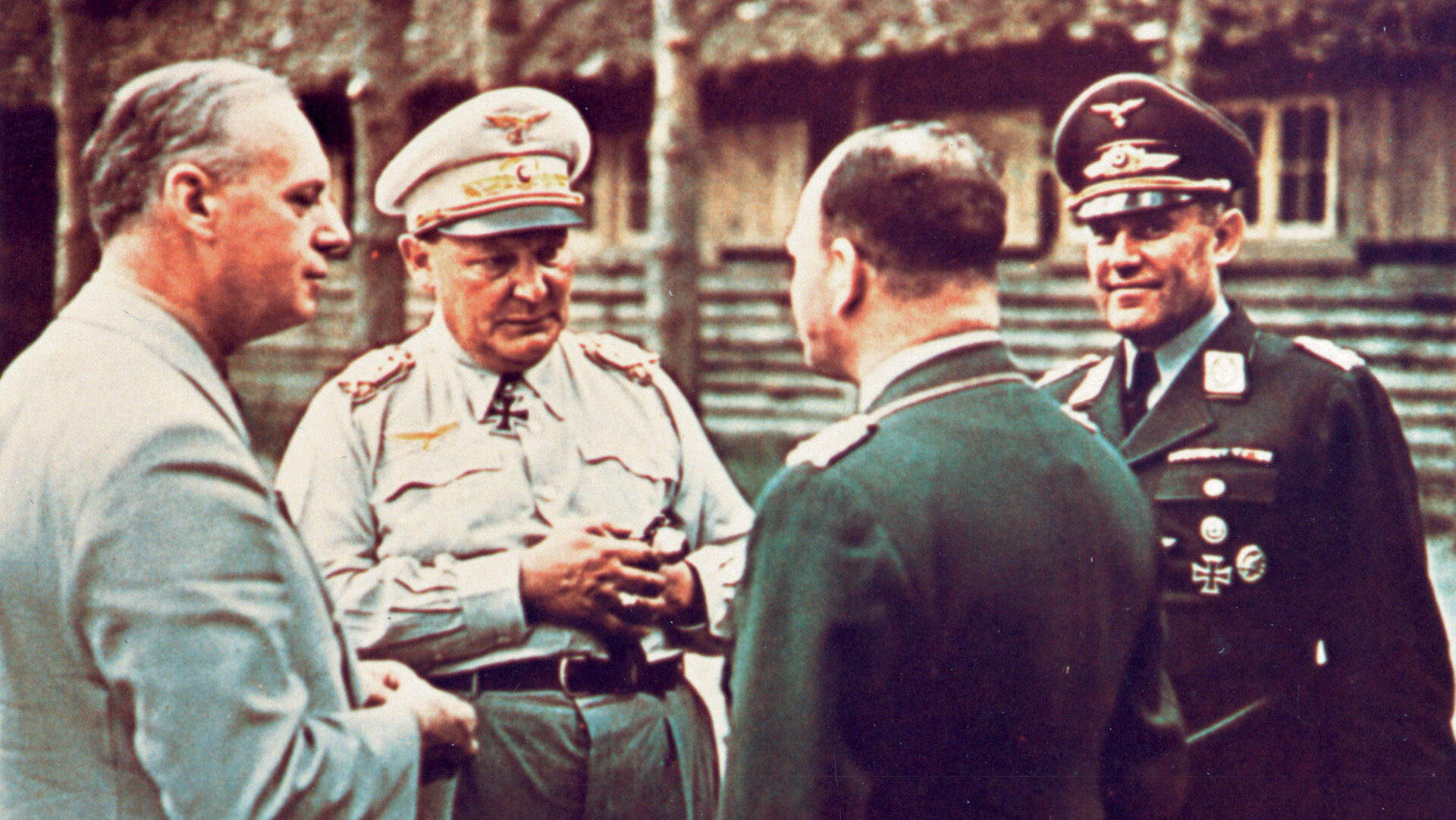
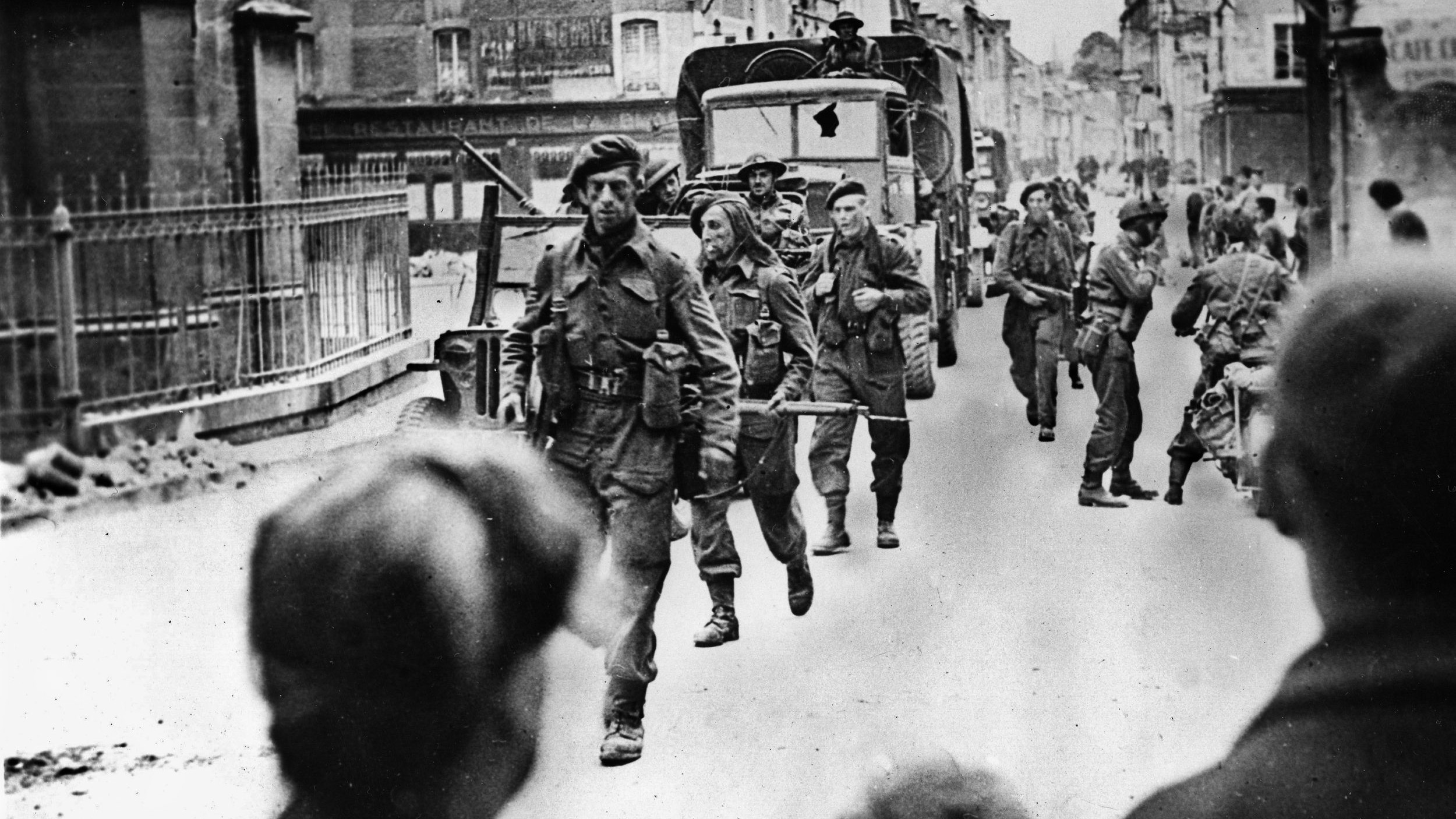
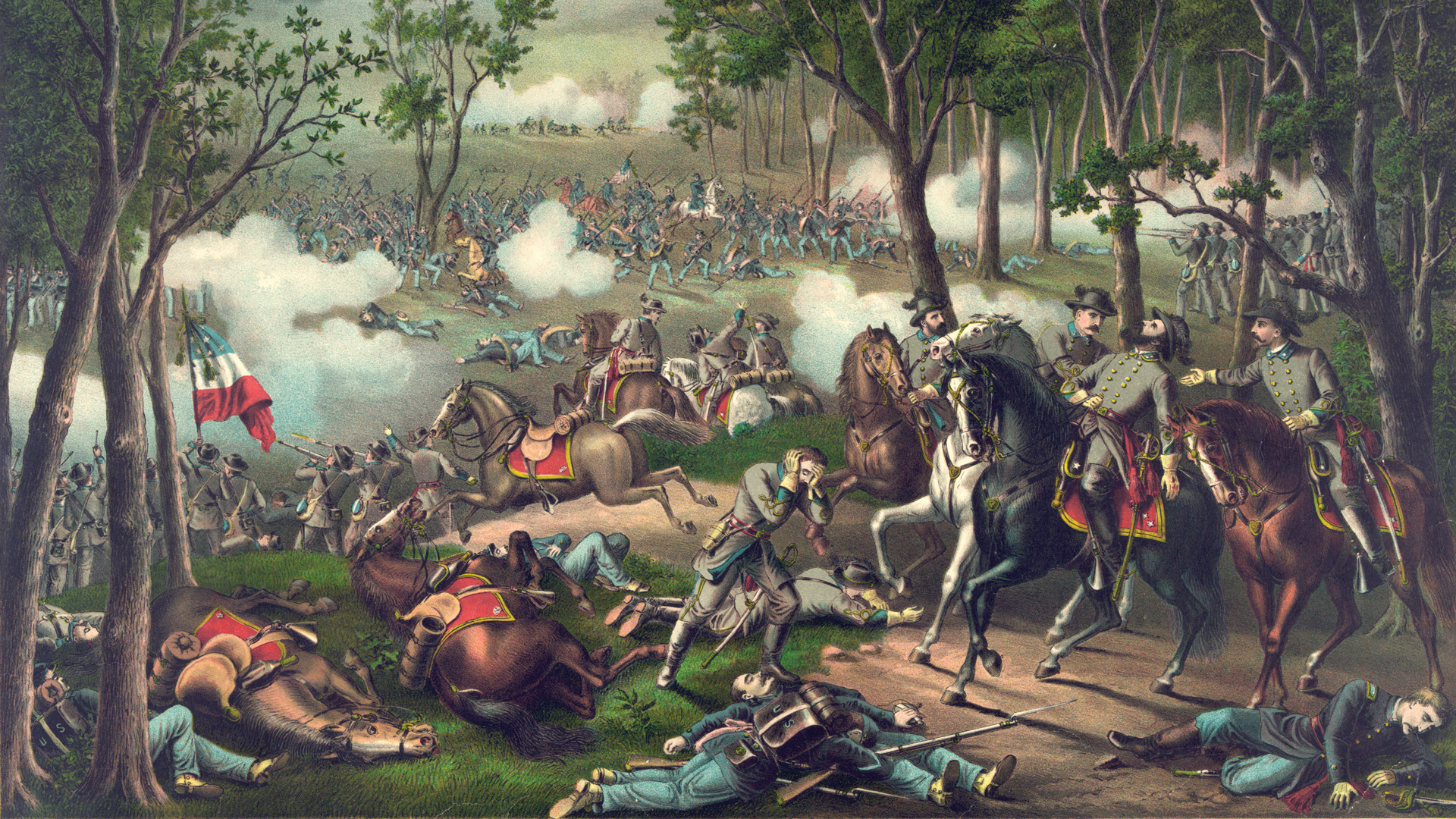

Join The Conversation
Comments